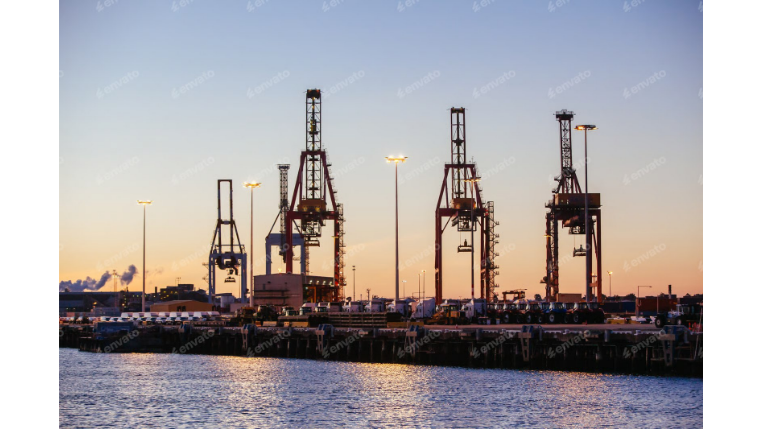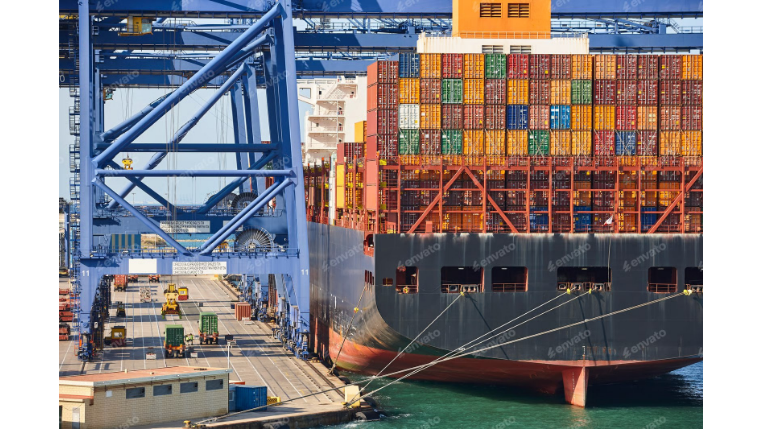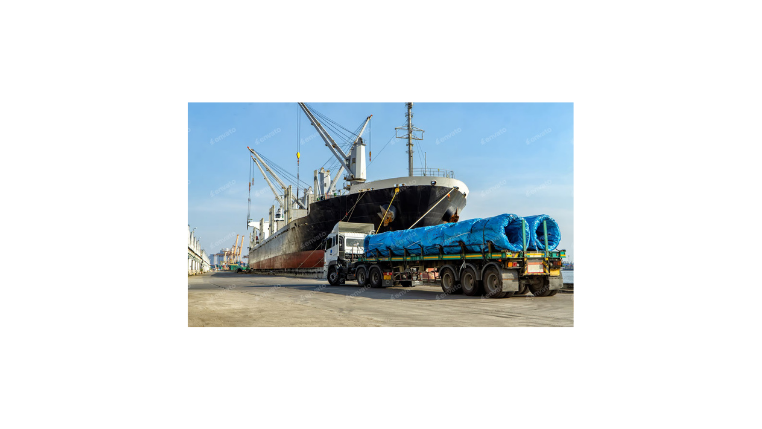Shipping Cost from China to the US: What You Need to Know
Let’s face it: shipping products from China to the US can feel like navigating a maze—twists, turns, and the occasional dead end. But here’s the good news: with a little know-how, you can demystify the process and avoid costly surprises. Whether you're running a thriving e-commerce business, managing a supply chain, or just starting out with international shipping, understanding the ins and outs of these costs is crucial.
So, What Goes Into Shipping Costs?
It might seem straightforward at first: you pay to ship a product, and that’s that. But in reality, shipping costs are influenced by a cocktail of factors. Here are the main players:
- Shipping Method: Are you opting for air freight or ocean freight? Air is faster but more expensive, while ocean is slower but easier on your wallet.
- Weight and Volume: Carriers often calculate costs based on whichever is higher—the actual weight or the volumetric weight (essentially, the space your package occupies).
- Distance and Route: The farther and more complex the route, the higher the cost. Shipping to coastal cities like Los Angeles is usually cheaper than inland destinations.
- Customs Duties and Taxes: These vary depending on the product category, declared value, and US import regulations.
- Additional Fees: Think port fees, fuel surcharges, and even peak season premiums. Yep, it adds up.
Air Freight vs. Ocean Freight: A Tug of War
Choosing between air and ocean freight is like deciding between taking the express lane or the scenic route. Let me explain:
- Air Freight: Perfect for high-value or time-sensitive goods. A package might take just 3-7 days to reach the US. But—and it’s a big but—you’ll pay a premium for that speed. Rates can range from $4 to $8 per kilogram, depending on demand.
- Ocean Freight: The go-to option for bulk shipments. It’s slower (think 20-40 days) but dramatically cheaper. For a 20-foot container, prices can range from $1,000 to $2,500. Just be prepared for port delays, especially during peak seasons like the holidays.
Hidden Costs: The Sneaky Culprits
Shipping costs don’t just stop at freight charges. There are hidden fees that often catch businesses off guard. Here are a few to watch out for:
- Customs Brokerage Fees: Unless you’re a customs expert (and let’s be honest, most of us aren’t), you’ll need a broker to navigate import regulations.
- Demurrage and Detention Charges: If your cargo stays at the port longer than allowed, you’ll face penalties.
- Insurance: Protecting your shipment against damage or loss is crucial but comes at an additional cost.
- Peak Season Surcharges: During high-demand periods, like September to December, carriers often hike up their rates.
What About Customs Duties and Taxes?
Ah, the dreaded duties and taxes. These are non-negotiable and vary based on:
- Product Classification: The Harmonized Tariff Schedule (HTS) assigns a code to every product, dictating its duty rate.
- Declared Value: Under-declaring can lead to penalties, while over-declaring inflates costs. It’s a delicate balance.
- Special Trade Policies: Some products may be subject to anti-dumping duties or tariffs.
For example, if you're importing electronics, you might face a duty rate of 5-7%. Textiles? Expect 15-20%. Knowing your HTS code can save you from nasty surprises.
Saving Tips: Every Penny Counts
Here’s the thing: shipping doesn’t have to drain your budget. With a little strategy, you can trim costs without cutting corners.
- Consolidate Shipments: Instead of shipping smaller batches, bundle orders to take advantage of lower per-unit costs.
- Work with Freight Forwarders: These pros handle everything from booking carriers to managing customs, often at negotiated rates.
- Negotiate with Carriers: If you’re shipping regularly, leverage your volume to secure discounts.
- Plan Ahead: Avoid last-minute shipping to sidestep peak season premiums.
- Use Incoterms Wisely: Agreeing on terms like FOB (Free On Board) or CIF (Cost, Insurance, and Freight) can clarify who’s responsible for what.
Real-World Example: A Small Business Success Story
Meet Sarah, an online retailer specializing in eco-friendly products. When she first started importing from China, shipping costs ate into her margins. After working with a freight forwarder and consolidating shipments, she reduced her per-unit shipping cost by 30%. The savings allowed her to reinvest in marketing and grow her business. Moral of the story? A little planning goes a long way.
The Bigger Picture: Balancing Cost and Efficiency
Shipping costs are just one piece of the puzzle. To truly optimize, you’ll need to look at the bigger picture: inventory management, supplier relationships, and customer expectations. After all, what’s the point of saving on shipping if it delays your product launch or frustrates your customers?
Final Thoughts
Shipping from China to the US doesn’t have to be a headache. By understanding the factors at play, anticipating hidden costs, and employing smart strategies, you can make informed decisions that boost your bottom line. And remember, every successful shipment brings you one step closer to your business goals. So, what’s stopping you from mastering the art of international shipping?










